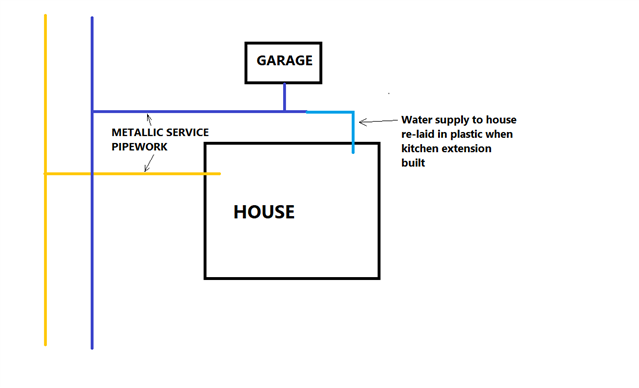544.1.1 now includes the sentence "Where an installation serves more than one building, a main protective bonding conductor shall be selected in accordance with the characteristics of the distribution circuit protective conductor for that particular building." At the same time 411.3.1.2 has changed to suggest that bonding applies separately to each building.
So if I had an outbuilding with modest power requirements, could I just run say a 2.5mm² T&E - with just a 1.5mm² - to it, connect the outbuilding's earth terminal to that building's extraneous-conductive-parts using (min) 6mm² and be compliant? No need to size the c.p.c. between the main and outbuildings according to main bonding as we used to do.
That feels a bit dodgy to me - potentially connecting two distinct extraneous-conductive-parts with nothing but a thin c.p.c. - as not all services always enter the main building first and these days insulating repairs/alterations can readily isolate one building but not another from the street mains.
I realize none of this applies to PME systems - but there are plenty of TT installations (some still sharing metallic pipework with neighbouring installations) and a few proper TN-S ones around.
- Andy.
